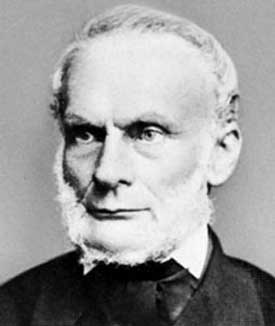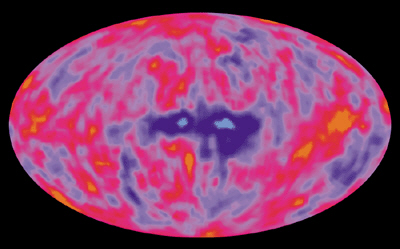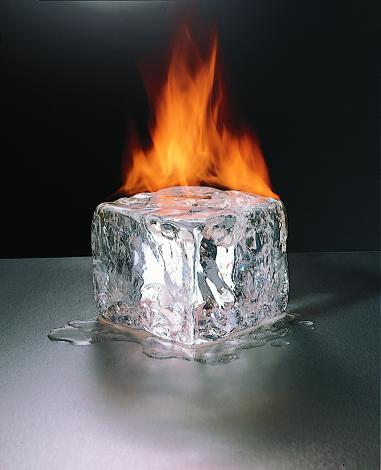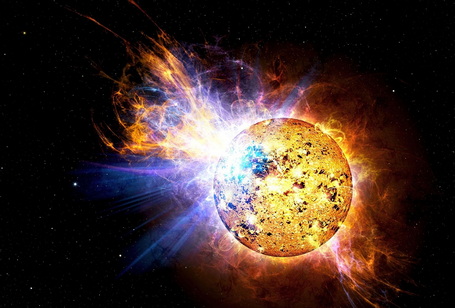
Thermodynamics
Surface Temperature of Stars - (Brown Dwarf) - M - K - G - F - A - B - O
 Thermodynamics Surface Temperature of Stars - (Brown Dwarf) - M - K - G - F - A - B - O |
|
Brown Dwarf Star - (500 / 600
C) - (900 /1100 F)
- Cool - Slow Spinning -
Conversion (H /
He) - Level 1. M - Red Star - (600 / 800 C) - (1100 /1500 F) - Warm - Faster Spinning - Conversion (H / He) - Level 2. K - Orange Star (800 / 1000 C) - (1500 /1800 F) - Warmer - Medium Spinning - Conversion (H / He) - Level 3. G - Golden Star (1000 / 1200 C) - (1800 /2200 F) - Hot - Faster Spinning - Conversion (H / He) - Level 4. F - Yellow Star (1200 / 1600 C) - (2200 / 2900 F) - Hotter - Fast Spinning - Conversion (H / He) - Level 5. A - Yellow White Star (1600 / 3500 C) - (2900 / 6300 F) - Hotter - Faster Spinning - Conversion (H / He) - Level 6. B - White Star (3500/ 10000 C) - (6300 / 18000 F) - Even Hotter - Faster Spinning - Conversion (H / He) - Level 7. O - Blue Star (10000 / 50000 C) - (18000 / 90000 F) - Hottest - Fastest Spinning - Conversion (H / He) - Level 8.
Neutron Star - Heat, unknown. Spin?
0 to Thousands of RPM – no conversion of Hydrogen to Helium. |
|
Solar Power most everyone has done this in the past |
 starting a fire using a magnifying glass |
| Heat Energy Simplified | (1) Heat - (Quantized) - Oscillating Streams of a pulling current and a pushing wave force. Frequency of infrared and below. (2) If there is More pulling less pushing inward gravity flow, to a center mass - Heat energy goes up. (3) If there is More pushing less pulling inward gravity flow, to a center mass - Heat energy goes down. (4) When a Pulling current force, and a pushing wave force are equal, it is called Thermal Equilibrium. (5) When a center mass is decompressing and causes an outward pushing wave with less pulling current, heat energy goes down from the Equalized State. This is called Anti-Gravity. |
|
Fire Encyclopedia 32 |
Expanding oxygen quantum fields breaks the entangled bonding of other elements. This produces a pressure wave that compacts Universal Particles of lesser potential energy. The compression of these particles, in turn, increases their pulling spinning force. This is what produces more Heat, Light and Gravity. Because magnetic bonds have permanently been broken, the newly compressed spinning particles gradually slow with expansion, and part of the Multiverse gets ever so slightly cooler and bigger. |
 Rudolf Clausius 1822-1888 = 66 |
 A Partial Thermal Observation of the Cosmos / Multiverse |
 |
|
The Laws of Thermodynamics as
Modified by TLU. |
| Gravity - Anti-Gravity - Particle Space - Magnetic Space - Thermodynamics |
 |
1 - Tiny bits
of Matter has Space. 2 - Moving, vibrating tiny bits of matter, creates more space. 3 - Spinning tiny grouped bits of matter, creates Polarized Magnetic Space, with north and south poles and a magnetic spatial flow. 4 - Magnetic Spatial Flow, creates Gravity, Anti-Gravity. 5 - Gravity, creates more pulling magnetic force, less space, more heat. (thermodynamics) 6 - Anti-Gravity, creates a pushing magnetic force, more space and less heat. (thermodynamics) 7 - When you add everything together, they all fit with encyclopedia 12. (level 5 + credibility) |
|
|
|
|
(e-mail) - tluknower@gmail.com (original site) - http://logicaluniverse.com (flagship site) - http://unified-theory.org |
(UT) - Welcome Video - YouTube (LU) - Welcome Video - YouTube (Social Network Posts) - Blue Sky |